KIOM-Harvard Research Team Demonstrates the Science Behind Acupuncture
The Korea Institute of Oriental Medicine (KIOM), a national R&D hub for the field of traditional Korean medicine, is leading the scientific study, standardization, and globalization of traditional Korean through convergence research. The organization has recently announced the diverse outcomes from its research projects, one of which was that it has demonstrated the science behind acupuncture. The findings that present objective support for the effectiveness of traditional Korean medicine and are expected to instill international trust in related treatment have been published in NeuroImage, a leading journal in the field of brain imaging.
The Clinical Medicine Department of KIOM carried out a joint study with a research team led by Professor Vitaly Napadow at the Athinoula A. Martinos Center for Biomedical Imaging at Harvard University. Together, they found that acupuncture restores dulled sensation in the lower back in patients suffering from chronic lower back pain by changing the brain structure.
KIOM has been carrying out research over the years to demonstrate the scientific basis for the effects of acupuncture, which has shown excellent efficacy in treating chronic pain in clinical settings. This study was carried out as part of such efforts, and it was a follow-up to a study that scientifically revealed the efficacy of acupuncture in treating carpal tunnel syndrome. The findings from the recent study are expected to give hope to patients suffering from chronic low back pain.
78 chronic low back pain patients participated in the clinical trial. The subjects were divided into a treatment group (18 subjects receiving acupuncture treatment) and a control group (60 subjects). A two-point threshold test was performed to measure tactile acuity, or the sharpness of the sense of touch, in the lower back area before and after the acupuncture treatment.
*The two-point threshold test: A test that measures the shortest distance between two points that the subject can feel when two areas of the skin are simultaneously stimulated using tools such as a compass or Vernier caliper. It is used to measure the sharpness of the sense of touch.
The results showed that the treatment group that received real acupuncture treatment showed an 18.5% improvement in their tactile acuity compared to before the treatment, whereas the control group, which received a placebo, and the general treatment group, which received a non-acupuncture medical treatment, recorded a 4.9% decrease in tactile acuity. This showed that acupuncture helps restore sensation in the lower back.
The research team carried out MRI scans to examine the brains of patients with chronic low back pain during acupuncture treatment. As a result of making observations 6 times over the course of 4 weeks, only the group that received genuine acupuncture group treatment experienced restored sensation and reduced gray matter in the lower back.
Furthermore, the subjects were asked about the inconvenience caused by the lower back pain in their day-to-day lives, and while the control group reported a decrease in inconvenience by 4.6%, the acupuncture treatment group reported an 11.0% decrease and was the only group to show any significant improvement.
Dr. Kim Hyung-jun, the principal investigator of the clinical trial, said, “KIOM has been continually trying to present scientific basis for the excellence of the treatment techniques applied in traditional Korean medicine. We will continue carrying out joint studies with excellent research institutes around the world to raise the reliability of traditional Korean medicine.”


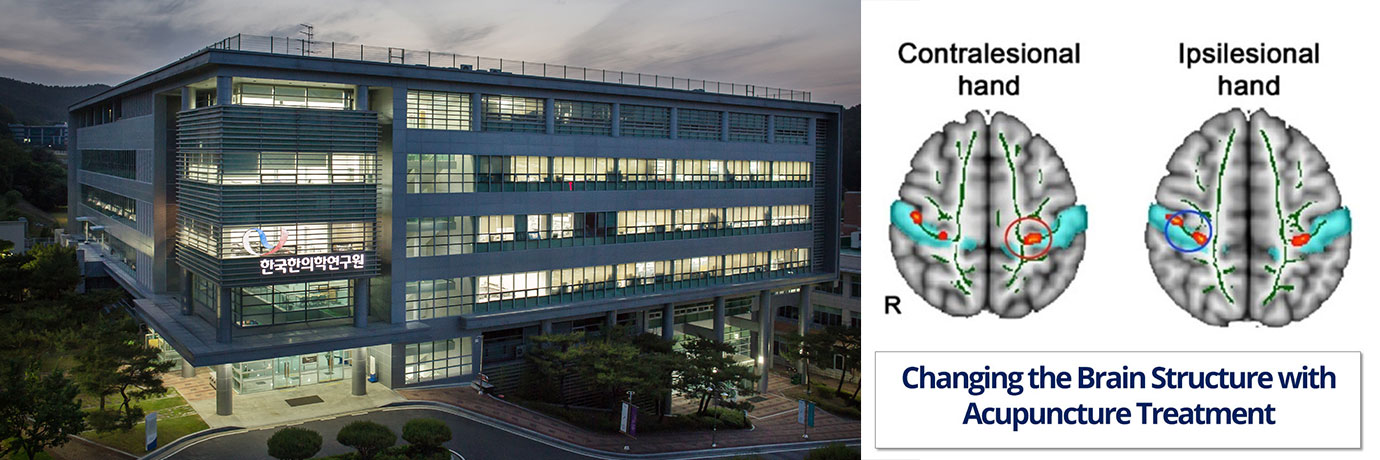
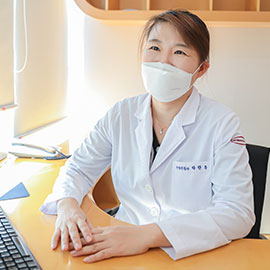 Interview With
Interview With
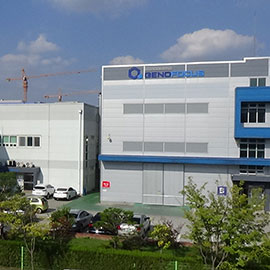 Medical Technology
Medical Technology
 Food & Travel
Food & Travel
 Health & Wellness Tips
Health & Wellness Tips
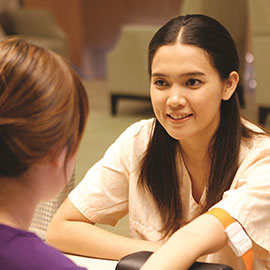 Hot Issue
Hot Issue
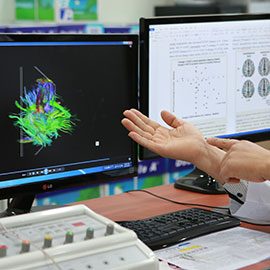 City & Culture
City & Culture